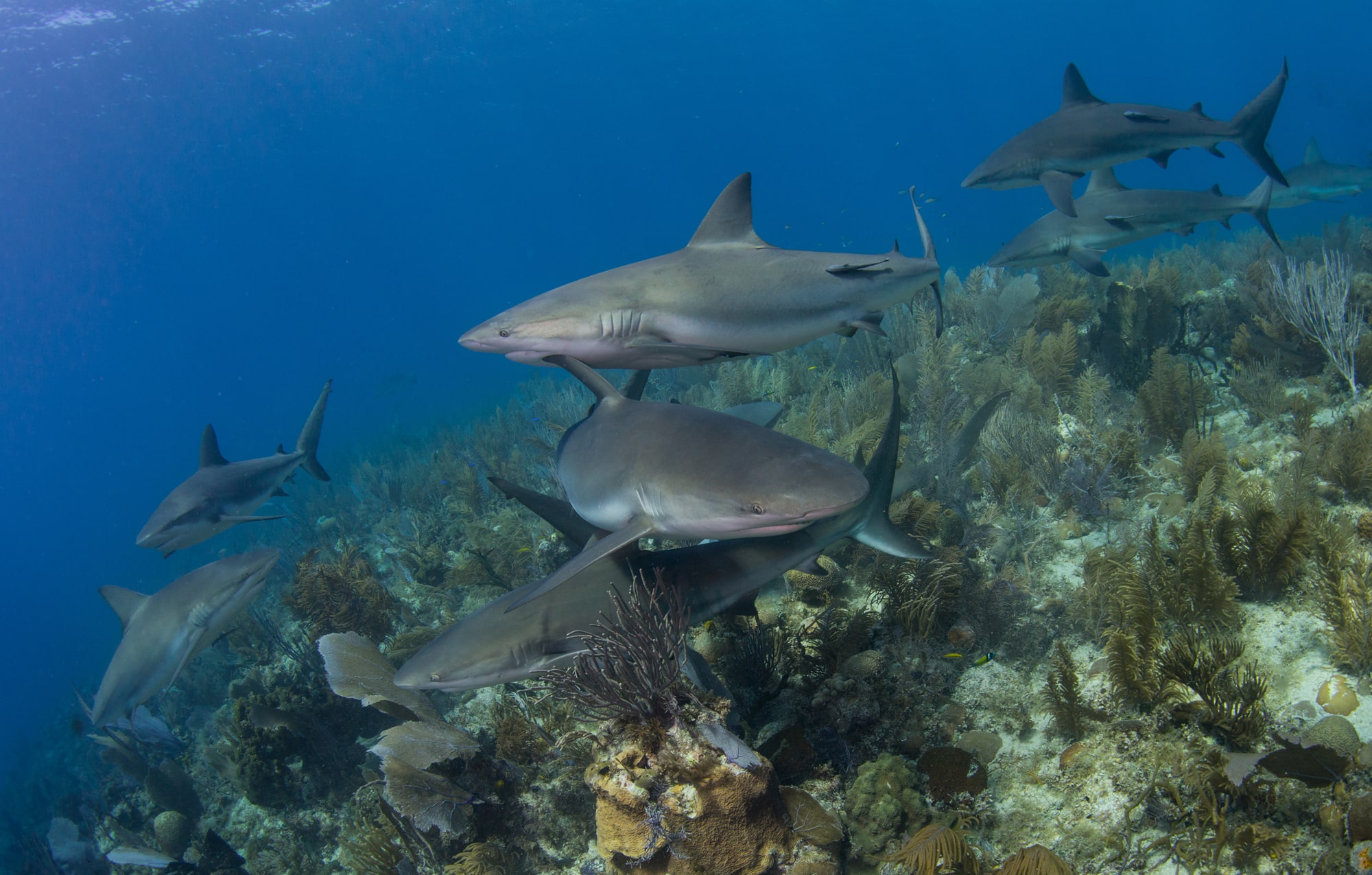Marine Life & Conservation
Great White Shark Legend: The Interview, Part 2
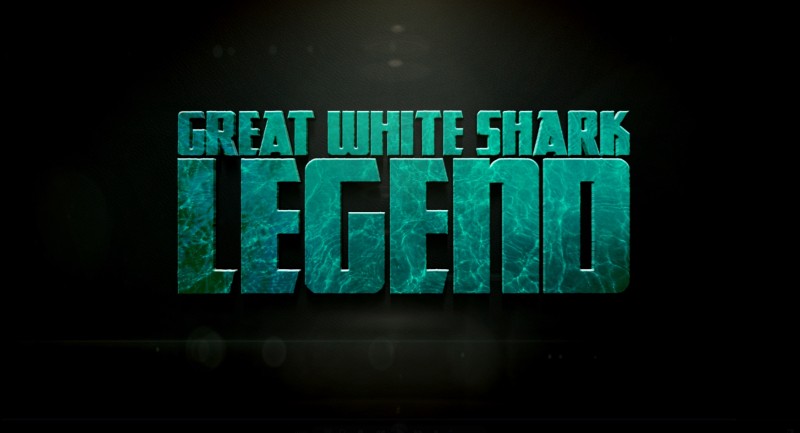
Jeff Goodman interviews Ricardo and Rachel Lacombe about their film, Great White Shark Legend
Great White Shark Legend is a well thought out and developed film. It is sensitively filmed and directed as well as being very informative and revelatory in both hard facts as well as emotional content. I talked with Ricardo and Rachel Lacombe about its making.
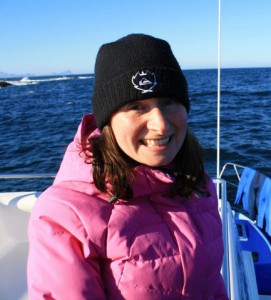
Rachel Lacombe
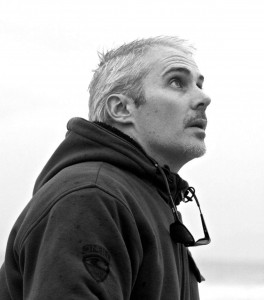
Ricardo Lacombe
Read Part 1 here.
Part 2
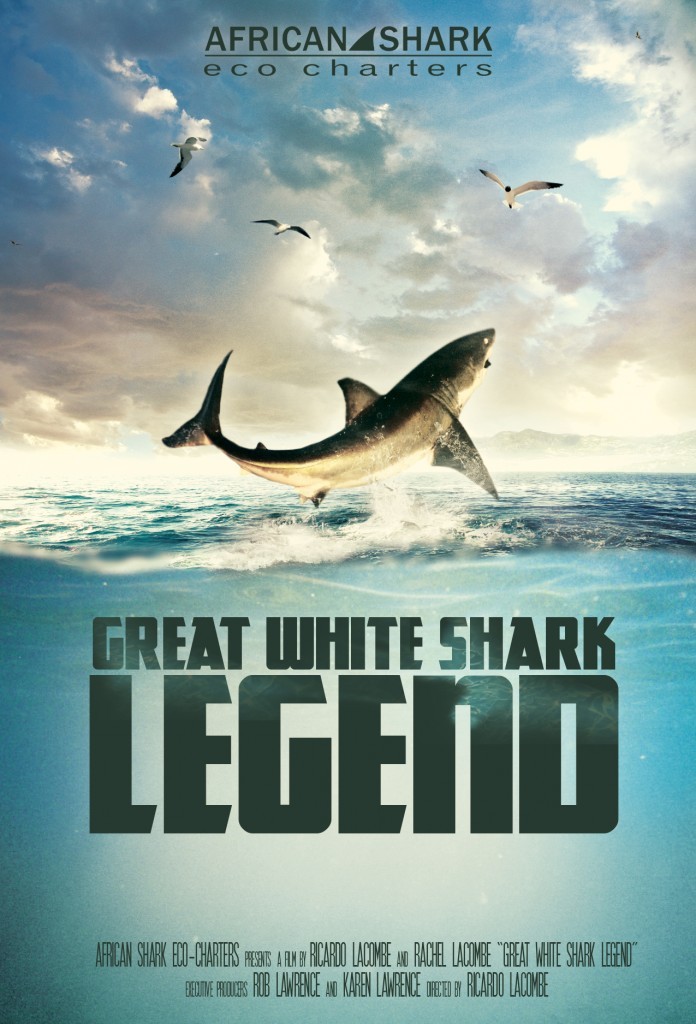 Jeff: Where there any favourite moments while making the film, and if so, are they in the final product?
Jeff: Where there any favourite moments while making the film, and if so, are they in the final product?
Ricardo: It was a lot of hard work, and very long hours, and sometimes harsh weather out there, so sometimes it did feel more like work. Which it was. However, to help you take stock of what you are actually pointing your camera at, nature sometimes threw me a reminder.
One was a breach we captured on film. We never intended this to be what I call “camera porn”. Every year TV shows have to ramp up the technical aspect of things like high frame rate slo-mos and getting cameras into new places. I get it, and understand the TV rational for doing so. But that wasn’t our film. But one thing we HAD to capture well for at least just one shot was a big breach. It’s really challenging to be on a full zoom lens with the boat bobbing around while towing a decoy. It makes you feel motion sick and you need steady legs and steady hands and gear. One tow we had been filming for around 40 minutes and coming to an end with no success when this magnificent breach happened. Shark full out of the water, upside down, flipped around. It happens in a second and I knew it was a stunning breach. No one got it because everyone had tired arms and eyes but I thought I had. I ran back to the cabin and played it back and it was in frame and in focus and I almost cried that I had been able to catch such a display on basic gear. I put the camera down and went out to look at the sea for a while with deep breathes of sea air in my lungs and thought “this is nature and I am humbled to be here”. That’s the shot that introduces our section on breaching in the film. It’s not the most technically exaggerated shot, and it’s no BBC Wildlife competition by any means, but for me it marks what this journey of viewing Great Whites is all about.
Rachel: The really cool thing was getting to spend time and really get to know those who work in the shark industry, which was a privilege. But the real honour is sharing a small boat with other shark advocates, the guests on board. Being in this truly magical place of False Bay and witnessing these displays of awesome nature at work is only heightened by the fact that you get to share that magic with other people. The ASEC guys get this and that’s why we wanted to work with them so much. A great example of this, and a personal favourite of mine, was with a guy from Brazil called Tiago. We had seen him on several trips over a week or two on the boat photographing sharks. He was very reserved and quiet but once we got talking to him (and saw his incredible images) we realised what a passion we shared. We ended up with a night over the dinner table in a local restaurant where we made friends with this awesome guy and then I got to share the cage with him on a few dives, which was beyond incredible, because I knew and understood the person with me watching these sharks swim around us.
Jeff: I remember well the first time I ever dived with sharks – it was exactly two weeks after seeing the movie Jaws. The film did give me a few restless nights but as soon as I got into the water with them (reef sharks, not Great Whites) I was completely relaxed and awed. How was the build up for you to your first dive? What were you thinking and hoping for the first time you climbed into the cage to be underwater and close up to the sharks?
Rachel: I was absolutely terrified. I remember my husband mixed up our first days itinerary (when we went in 2011 on holiday, not the filming!) and we thought we had another day before the first dive, until our guest house owners came to see us to tell us that ASEC had been in touch to confirm that we were good for our dive the next day. Next day?! I lay in bed that night terrified! On the jetty down to the boat the next morning my knees were literally knocking together. I was shaking.
As I climbed into the cage I thought I might die. I was that scared. I still thought it was really dangerous. Once in the water and seeing how relaxed sharks were I relaxed and started to enjoy it and all those misconceptions just disappeared in seconds. I cannot stress this enough. If you believe what is shown to you in popular media, you will discover once out there that what they show you is about 0.5% of what actually occurs. So the build-up was the only fearful part, in my own mind, not the sharks. They were far from scary.
Ricardo: For me it was not so much a fear of sharks, it was a fear of open water. I would not even go beyond knee deep in a lake for a ridiculous fear that something is there. It was always the water though, the expanse of it, the feeling of being out of your element. So the proposition of being out on a boat in the open water was in my mind constantly and it terrified me going out there. The sharks came second to that. Until, like Rachel, we got out there and it all changed. The trip out on that first dive in the early hours of the morning with the sun only just about to peek out behind the mountains was just life changing – before we even saw a shark! The first encounter I had up close was five minutes into the cage. My wife prodded me and motioned to me. I turned to my right and a 4 metre Great White was heading right for the cage, probably confused and unfortunately, briefly, it had its nose in the cage, which is not good for anyone. However, from a fear of open water only hours before I was staring through my dive mask at the open throat of a Great White Shark just half a metre from my face and it was a serene and peaceful moment. Talk about a defining marker in my bond with open water!
Jeff: By the way, what cameras did you shoot particular aspects of the film with?
Ricardo: We used a combination of some Sony HD gear, there’s some shots on Red cameras, there’s some cheap little camcorders, and there’s a ton of GoPro’s! Part of the pitch to get GoPro involved was just how versatile their cameras are and how we could prove we could utilise them to a greater extent for film making, rather than just sports and action activities – so that came with a desire to use them as much as possible. They graced me with the new model that was out at the time, the Hero4 Black, and I shot a ton of stuff in 2k and 1080 60fps. They were amazing! I don’t to focus on gear to be honest and rarely discuss in detail unless I have to, because having used everything from the most expensive cameras to the cheapest cameras I am well versed in plenty of hardware….but to get too involved in gear I find can be intimidating for new film makers and students. There’s a misconception that you have to have the best of the best but it depends on what you are filming. That’s why I loved hooking up with GoPro and it’s been a fruitful relationship since. These tiny cameras open up a world for film makers, especially divers, if you can just get past the peer snobbery which exists way too much. A game changer for me was when the documentary “Searching For Sugarman” won the Best Documentary Oscar and there’s was a load of material in that film shot on a phone! So gear talk is cool in some respects but get your story in place and the gear is not that important. Underwater film makers are currently turning off and calling me names by the way which is fine, I can take it!
Jeff: The film version I saw ran for 94 minutes, which is quite a long time for a documentary. What determined its length?
Ricardo: It’s a longer time for a TV broadcasted documentary but not for the modern indie feature documentary, which was always our intent. We never intended it for TV, largely because of the running time restrictions. The length was always a discussion between us, as we started with many weeks’ worth of footage and once pieced together against our original structure it ran at approx. 4 hours! Obviously that had to come down. We got down to 2 hours, then a 1hr 40mins cut and then a final trim down to 94mins.
We would normally determine a running time by the needs of the story but in this case we had such a different need from our potential audiences. For the shark nuts out there we know full well a 2 hour cut would have been heaven to bring in a ton more debate, discussion and more shark footage. But a more casual viewer, who we desperately wanted to appeal to, would turn off. So the running time and structure is a balance of the two. At some point you have to draw a line and say “it’s done” and put it out there as a piece. We get so many reactions from “wish you had put more in” to “you put too much in” and somewhere in between!
Rachel: As ever I am always quite critical of Ricardo’s work! That’s how we work. If I wasn’t happy I said so, much to my husband’s disappointment. In the end he always agreed with me, even if it took him a week to come round to it. He would get completely stoked about a particular section or interview and I would be more objective about it as I was not the editor, I hadn’t spent the last week working on a ten minute section. So we really made a great team as we both had different audiences in mind and how much of each topic they would be interested in. Like Ricardo said, the intention was always to make a feature documentary. We have had broadcast offers, which would require getting down to 60 minutes or less, which would never work for us. Sadly, so many of those offers asked for more blood and guts and teeth and could we add more in. Clearly that was not for us.
Come back for the 3rd and final part of Jeff’s interview with Ricardo and Rachel next week!
Haven’t seen Great White Shark Legend yet? You can buy or rent it at www.greatwhitesharklegend.com.
Marine Life & Conservation
Double Bubble for Basking Sharks

 The Shark Trust is excited to announce that, for two more days only, all donations, large or small, will be doubled in the Big Give Green Match Fund!
The Shark Trust is excited to announce that, for two more days only, all donations, large or small, will be doubled in the Big Give Green Match Fund!
Donate to Basking in Nature: Sighting Giants
The Shark Trust is hoping to raise £10k which will be doubled to £20k. This will go towards Basking in Nature: Sighting Giants. And they need YOUR help to reach they’re goal.
The Shark Trust’s citizen science project is to monitor and assess basking sharks through sightings; encouraging data collection, community engagement, and promoting nature accessibility. This initiative aims to enhance health and wellbeing by fostering a deeper connection with British Sharks.
Campaign Aims
- Increase citizen science reporting of Basking Sharks and other shark sightings to help inform shark and ray conservation.
- Provide educational talks about the diverse range of sharks and rays in British waters and accessible identification guides!
- Create engaging and fun information panels on how to ID the amazing sharks and rays we have on our doorstep! These can be used on coastal paths around the Southwest. With activities and information on how you can make a difference for sharks and rays!
- Promote mental wellbeing through increasing time in nature and discovering the wonders beneath the waves!
Donate, and double your impact. Click Here
Marine Life & Conservation
Leading UK-based shark conservation charity, the Shark Trust, is delighted to announce tour operator Diverse Travel as a Corporate Patron
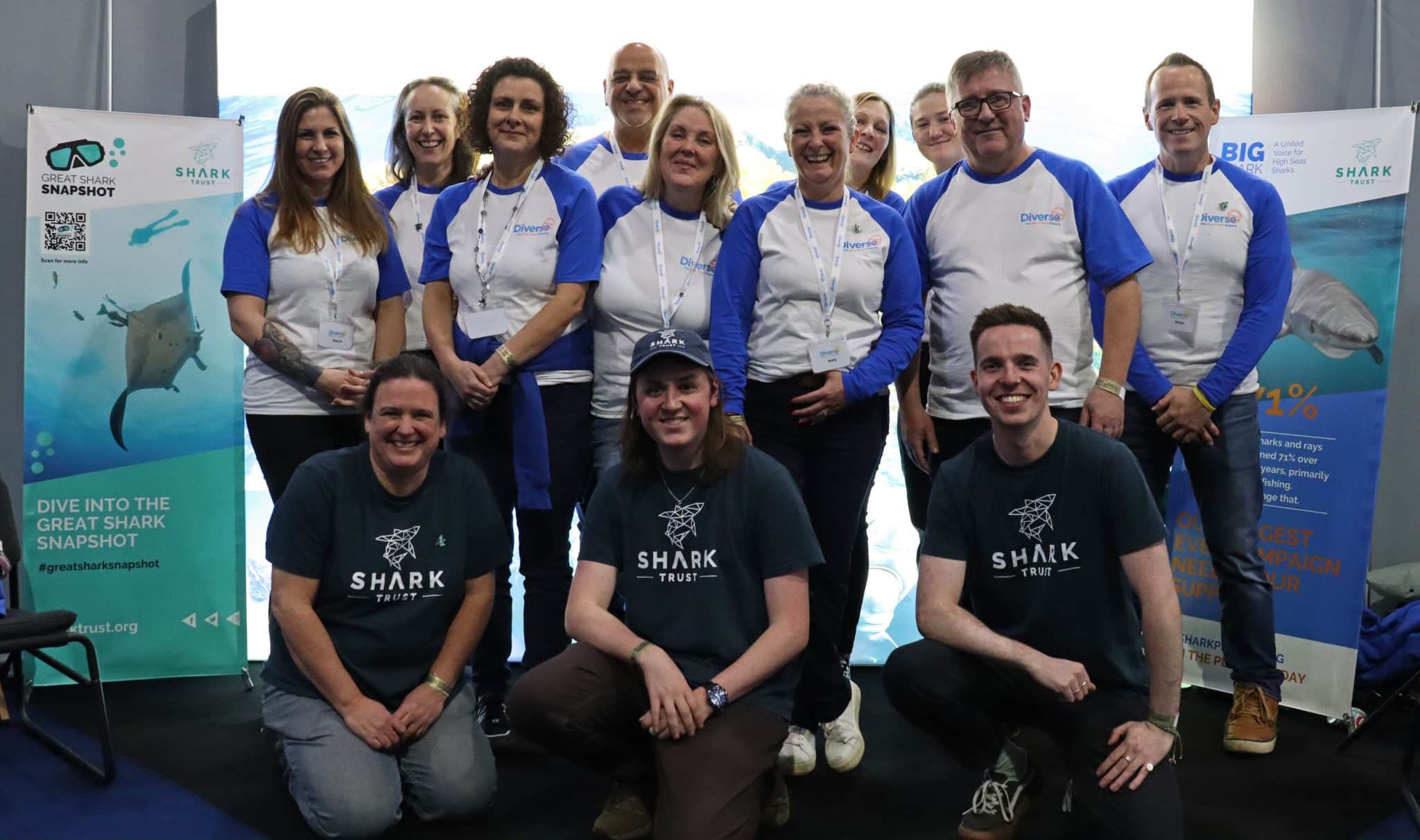
 Corporate Patrons provide a valuable boost to the work of The Shark Trust. The Trust team works globally to safeguard the future of sharks, and their close cousins, the skates and rays, engaging with a global network of scientists, policymakers, conservation professionals, businesses and supporters to further shark conservation.
Corporate Patrons provide a valuable boost to the work of The Shark Trust. The Trust team works globally to safeguard the future of sharks, and their close cousins, the skates and rays, engaging with a global network of scientists, policymakers, conservation professionals, businesses and supporters to further shark conservation.
Specialist tour operator Diverse Travel has operated since 2014 and is committed to offering its guests high quality, sustainable scuba diving holidays worldwide. Working together with the Shark Trust will enable both organisations to widen engagement and encourage divers and snorkellers to actively get involved in shark conservation.
“Sharks are truly at the heart of every diver and at Diverse Travel, we absolutely share that passion. There is nothing like seeing a shark in the wild – it’s a moment that stays with you forever!” says Holly Bredin, Sales & Marketing Manager, Diverse Travel.
“We’re delighted to celebrate our 10th year of business by becoming a Corporate Patron of the Shark Trust. This is an exciting partnership for Diverse and our guests. We will be donating on behalf of every person who books a holiday with us to contribute towards their vital shark conservation initiatives around the world. We will also be working together with the Trust to inspire divers, snorkellers and other travellers to take an active role – at home and abroad – in citizen science projects and other activities.”
Paul Cox, CEO of The Shark Trust, said:
“It’s an exciting partnership and we’re thrilled to be working with Diverse Travel to enable more divers and travellers to get involved with sharks and shark conservation. Sharks face considerable conservation challenges but, through collaboration and collective action, we can secure a brighter future for sharks and their ocean home. This new partnership takes us one more valuable step towards that goal.”
For more information about the Shark Trust visit their website here.
For more about Diverse Travel click here.
-

 News3 months ago
News3 months agoHone your underwater photography skills with Alphamarine Photography at Red Sea Diving Safari in March
-

 News3 months ago
News3 months agoCapturing Critters in Lembeh Underwater Photography Workshop 2024: Event Roundup
-

 Marine Life & Conservation Blogs3 months ago
Marine Life & Conservation Blogs3 months agoCreature Feature: Swell Sharks
-

 Blogs2 months ago
Blogs2 months agoMurex Resorts: Passport to Paradise!
-

 Blogs2 months ago
Blogs2 months agoDiver Discovering Whale Skeletons Beneath Ice Judged World’s Best Underwater Photograph
-

 Gear Reviews2 weeks ago
Gear Reviews2 weeks agoGEAR REVIEW – Revolutionising Diving Comfort: The Sharkskin T2 Chillproof Suit
-

 Marine Life & Conservation2 months ago
Marine Life & Conservation2 months agoSave the Manatee Club launches brand new webcams at Silver Springs State Park, Florida
-

 Gear Reviews3 months ago
Gear Reviews3 months agoGear Review: Oceanic+ Dive Housing for iPhone




